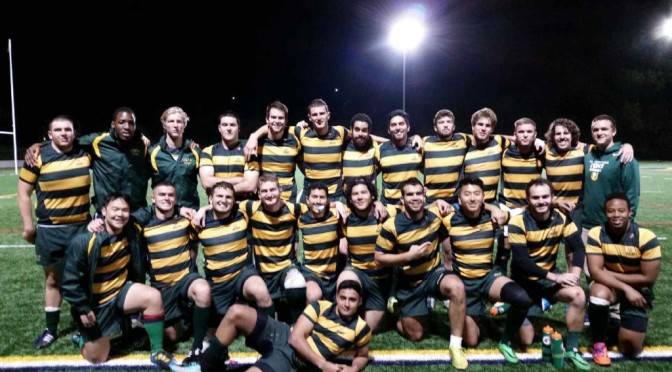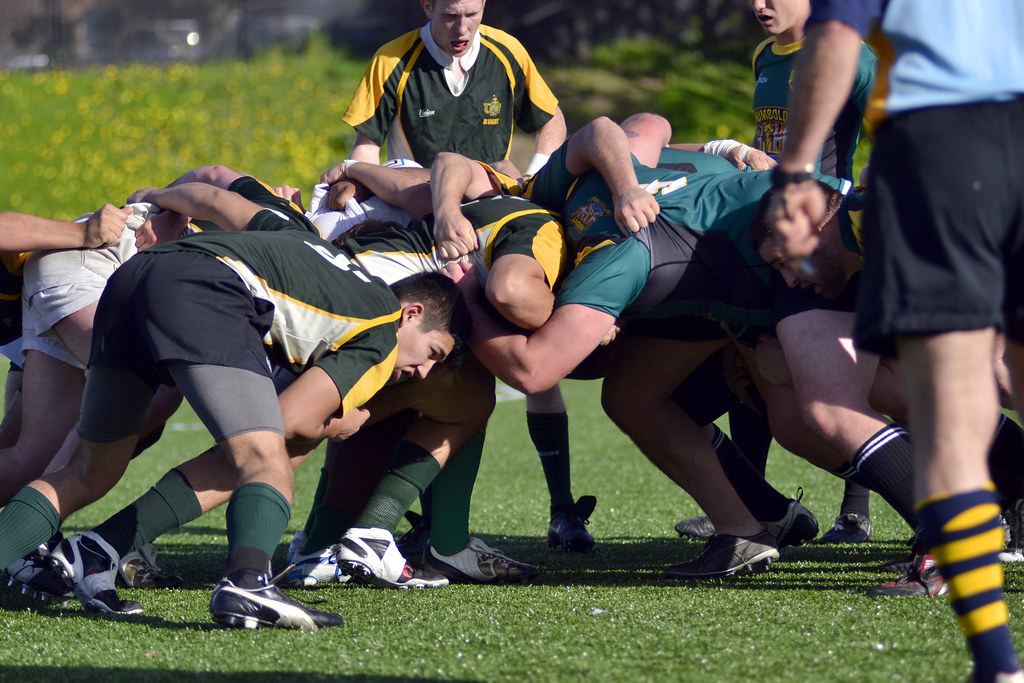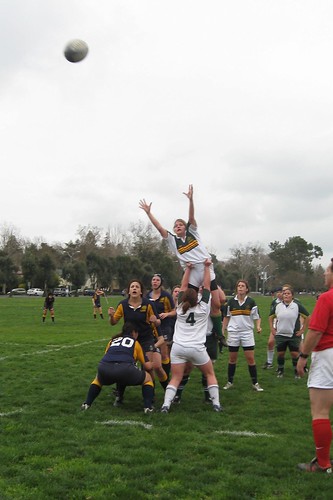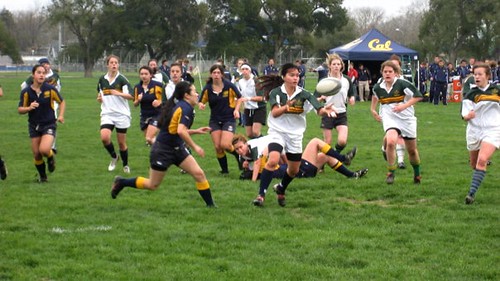Disclaimer: In this article, football means soccer. Sorry Vince Lombardi.
The population of New Zealand hovers around 4 million people and 60 million sheep. In an attempt to even those numbers, New Zealand is hosting the Rugby World Cup, putting up the 20 best international teams and 130,000 fans. That is quite an increase of warm bodies in a country half the size of Texas.
Legend has it that rugby came to be when, while playing a game of football in 1823 in Rugby, England, William Webb Ellis picked up the ball and ran forward, running over the opposition. Since that day, rugby has become the contact sport of choice for the world, minus the US. Unsurprisingly, the English colonies of the 19th century have become the powerhouses of the sport, with New Zealand, Australia and
Ireland being among the best in the world. The governing body of the sport, The International Rugby Board, came to be in 1886, created the Rugby World Cup in 1987. The inaugural Cup was held in Australia and
New Zealand and teams competed for the William Webb Ellis Cup, which was won by the favored All Blacks of New Zealand. Since then, the Australian Wallabies have won twice, the Springboks of South Africa have won twice and the English Roses won once, upsetting the Wallabies in Sydney, in what is considered the greatest match ever.
The game of rugby is played on a pitch similar to a soccer field, but slightly longer and wider. Each team puts 15 players on the field, who are broken up into 8 very large forwards and 7 smaller back. The goal is to touch an oval ball down in the try zone for a Try, worth 5 points. The ensuing kick for extra points is worth 2 points and is taken from the spot where the ball is placed down for the Try. Teams can also kick for points during play, worth 3 points.
The game is 80 minutes long, and played in two halves. A team is allowed 7 subs during a match. Teams may only pass the ball backwards, but can kick it forwards to gain lots of meters at once, but risk the other side gaining possession. For the more technical rules of the game, visit irb.com.
This year’s World Cup has lived up to the hype. The host side, New Zealand has had little trouble thus far, handily beating Tonga and Japan to lead Pool A. Their first real test will be against France, a team known for their big, aggressive forward pack. In Pool B, the favored Argentina Pumas were upset by England in their first match. England then went on to maul Georgia, winning 41-10.
Pool C has provided a lot of excitement. The Cup favorite Australia lost to a determined Irish side in a match marked by stubborn defense, which neither team scored a Try. The USA Eagles, playing in pool C, have shown that the US is a growing force in rugby, giving Ireland a run for their money and winning the Cold War match against Russia. In Pool D, Wales and South Africa played a great match won by the South African Springboks by a score of 17-16.
If these trends were to continue, the eight teams advancing out of pool play would be the New Zealand All Blacks, the English Roses, the Australian Wallabies, the Argentinean Pumas, the South African Springboks, France, Ireland, and Wales. Scotland, however, has a chance to knock out Argentina with a win against them on Sept 25th and take their spot in the field of 8. Many experts have New Zealand winning their third Webb Ellis Cup at home, but a resurgent Ireland and a scrappy English side cannot be overlooked as potential champions.
Additionally, the Wallabies will lick their wounds and make a serious and aggressive post pool run at the Cup.
All of this international drama is largely overlooked by America. Rugby is not a popular sport amongst younger players, hampering the growth of the sport here in the States. At the moment there are around 87,000 American ruggers, compared to American Football, which has well over 1,000,000 players. While rugby is growing in the US, the best athletes tend to play sports that will help them pay for college, which does not include rugby, since the NCAA does not recognize rugby 15’s as a sport.
In August, however, the NCAA officially sanctioned Rugby 7’s, a faster paced version of rugby 15’s, which is played with 7 players a side. Hopefully this action by the NCAA will help rugby grow in the US. Imagine Patrick Willis hitting people without pads.
Or visualize Adrian Peterson running down the sideline, lighter and faster without his plastic body armor? It would be quite a show. If D-1 football players would give rugby a shot, the USA could field one of the most exciting rugby teams on the international circuit. The major difficulty with rugby is that all 15 players must be able to run with the ball, tackle, kick, catch and pass. American
Football is highly specialized, thus many players would struggle to pick up rugby. It would, however, be extremely satisfying to see Warren Sapp kick a ball downfield, run after it for 40 meters, catch it in the air, run 30 more, and score. However outlandish that scenario sounds, rugby players as big as Sapp are asked to do just that on the stage that is called the Rugby World Cup.
If you would like to watch some matches with the USF Rugby Team, or for more information on upcoming rugby games, e-mail [email protected]




